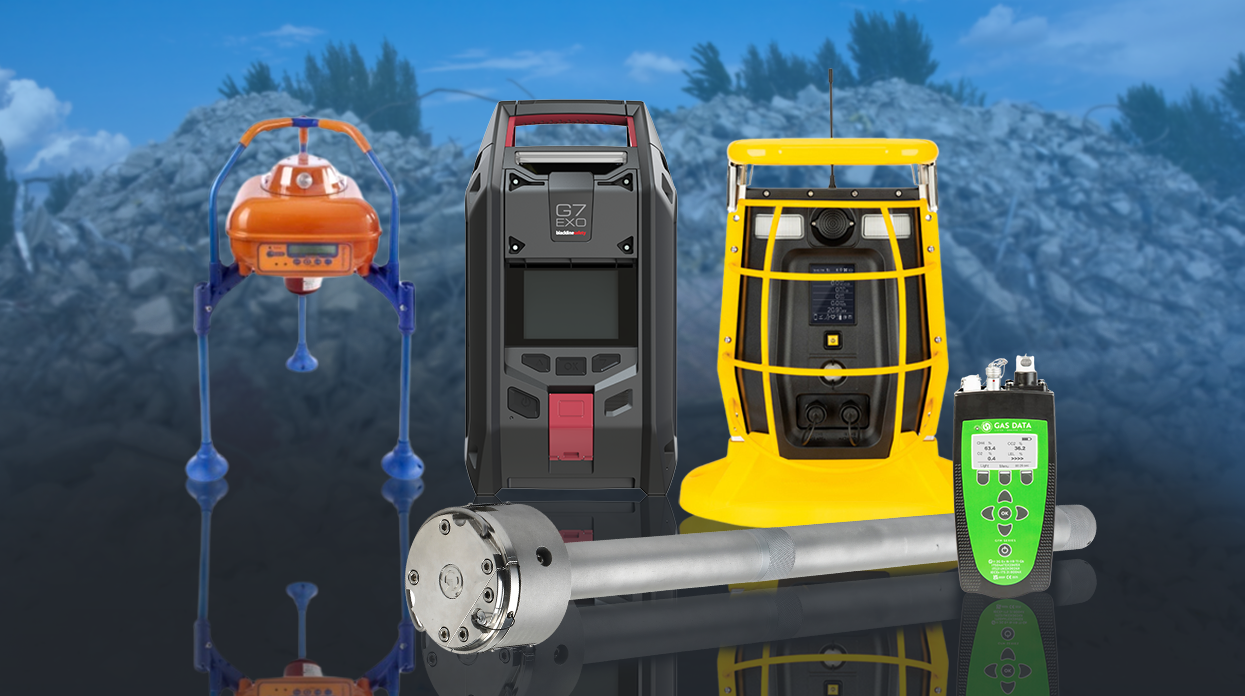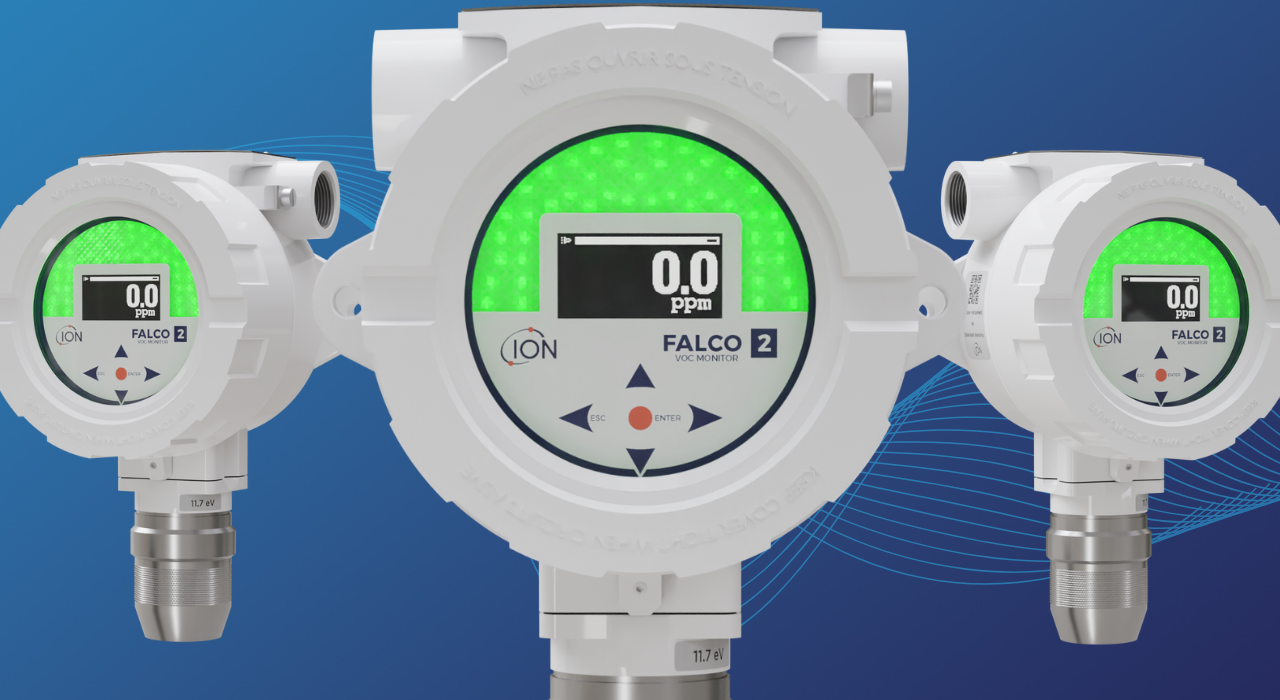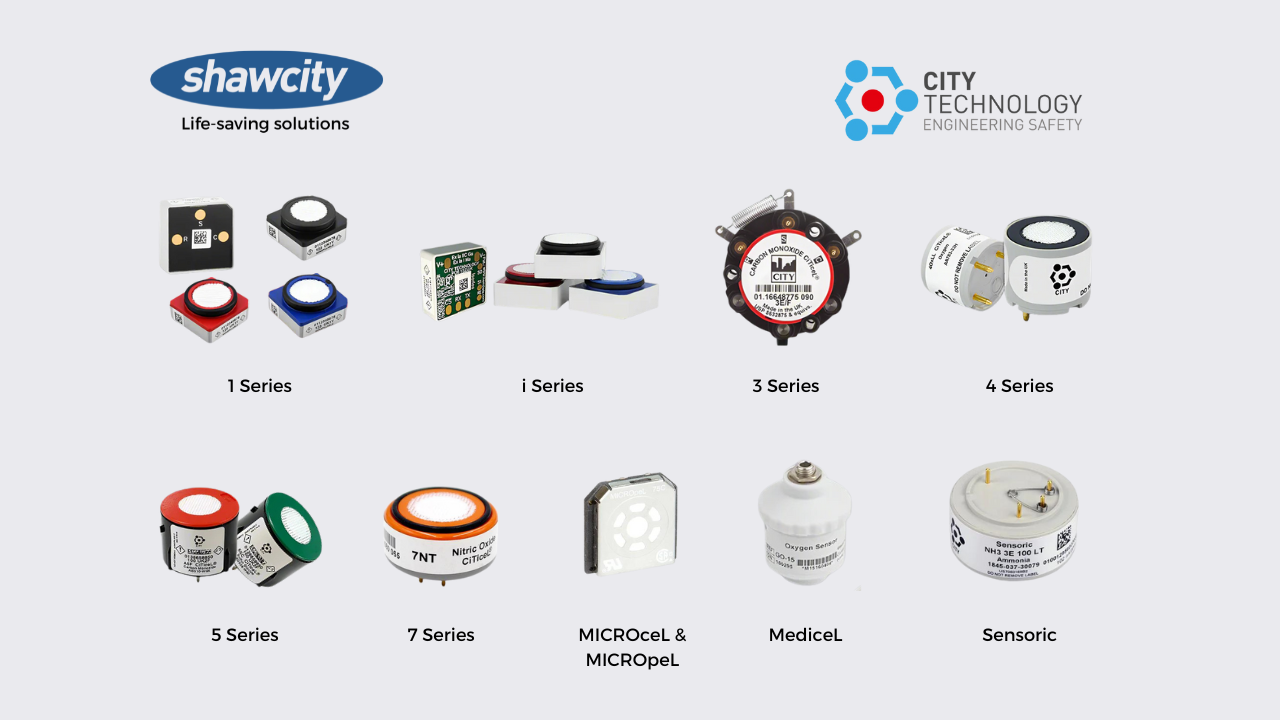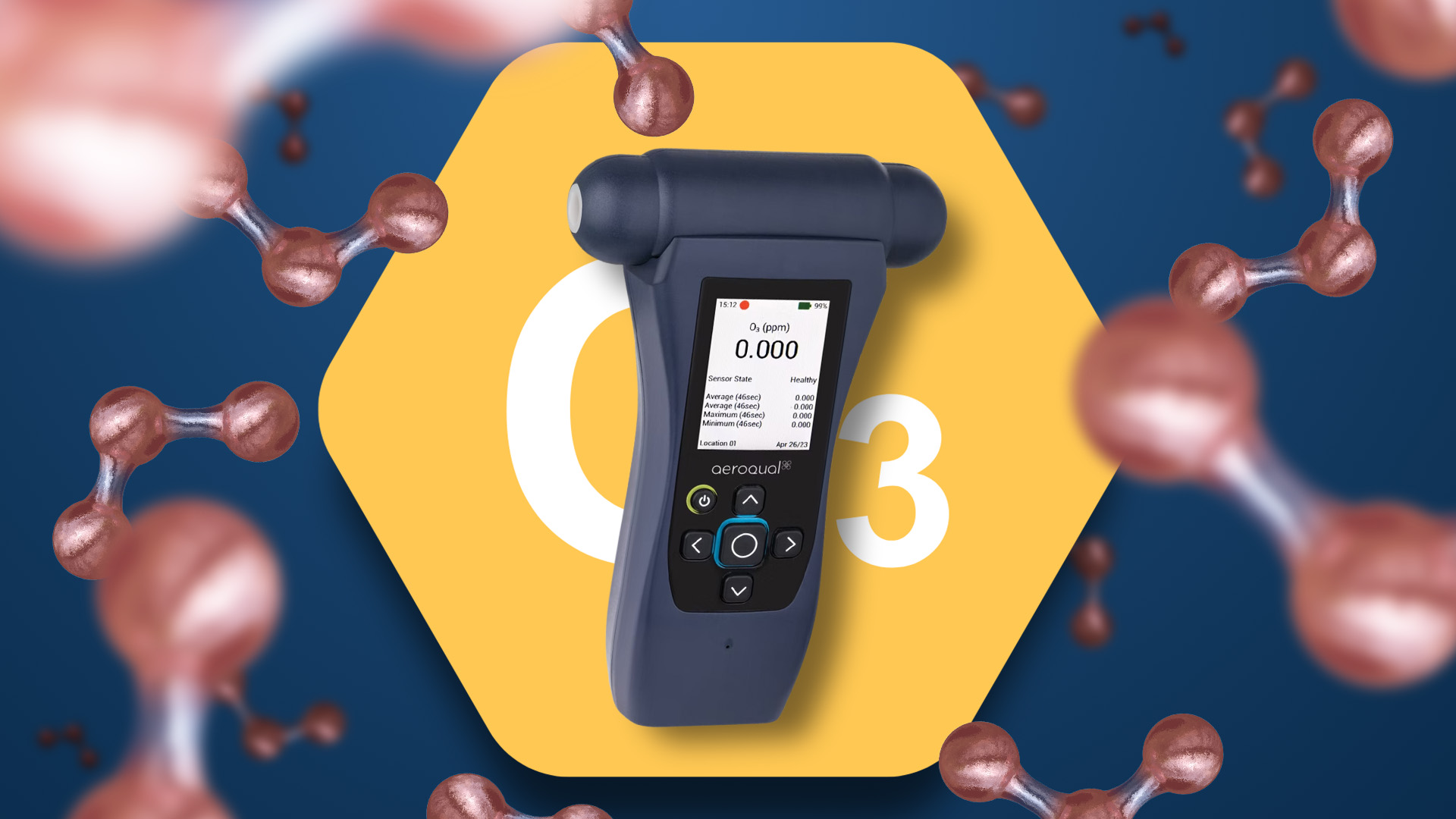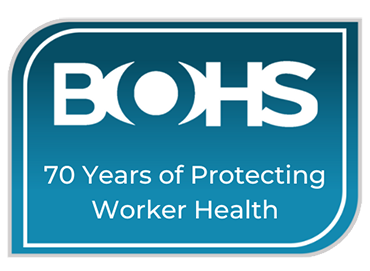Demolition and land remediation refers to the process of restoring contaminated or damaged land to a condition suitable for its intended use, such as agriculture, residential, or commercial purposes. This typically involves identifying, assessing, and mitigating any environmental hazards or pollutants present.
Poor historic practices such as dumping harmful and toxic compounds into the ground to clear land quickly, either for development or sale, have had a lasting negative effect on the environment. The unintentional release of hidden harmful and carcinogenic compounds can not only be damaging to health and the environment but also very costly to mitigate, so managing the process is a major challenge.
Many land development projects can last for several years, so it is vital that personal exposure monitoring is enforced throughout for all onsite employees who are at risk.
Below, we explore the common exposure risks and highlight key monitoring instrumentation available to enhance environmental monitoring practices.
BOUNDARY MONITORING
Remediating brownfield land is specialised work; access to sites may be difficult or restricted as they may be surrounded by commercial or residential properties in built-up areas which are still occupied. This can require the installation of boundary monitoring systems to ensure parameters stay within strict local government limits to protect the health of local residents and site workers.
Blackline G7 EXO .png?width=414&height=233&name=MicrosoftTeams-image%20(30).png)
No matter whether it's monitoring site perimeters, tanks, confined spaces or disasters, the G7 EXO is built to withstand the most challenging environments.
Measuring H2S, CO, O2 and LEL the EXO offers the broadest gas sensor portfolios around. One product can support thousands of configuration options with up to five-gas diffusion operation and the option for remote sampling.
EXO's integrated 4G cellular connectivity makes deployment quick and easy, taking just a few minutes. Each EXO connects directly to the cloud so there are no range limits between monitors and an unlimited number of devices can access the network. This allows users to link multiple devices when deployed around site, ensuring complete site safety. EXO offers 100 days of continuous run time with an intrinsically safe charge cord or solar panel, the EXO will run virtually forever.
Honeywell BW RigRat 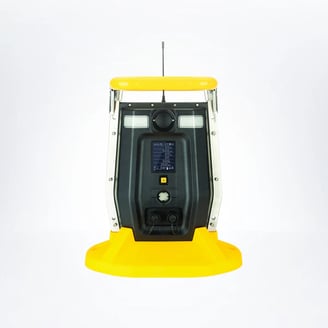
Unlike some portable area monitors, Honeywell BW™ Rig Rat is fully self-contained - with no need to repurpose personal gas detectors for an area monitoring application. Instead, workers continue using personal detectors to monitor breathing zones, while using Rig Rat to monitor the area. Using cloud connectivity, RigRat devices can be linked together to create perimeter monitoring with results accessible remotely on smartphones, tablets, or laptops. The RigRat can run for up to eight weeks on a single charge, making it an ideal solution for mid-to long-term environmental projects. Suited for flexible applications such as zone declassification, turnarounds, confined space, routine maintenance, fence lines and more, the RigRat is available with a pump for remote sampling. It has six slots of interchangeable gas sensors, with a choice of electrochemical, PID (Photo Ionization Detector), infrared, and catalytic bead sensors (measuring percent LEL and percent by volume).
Crowcon Detective+ 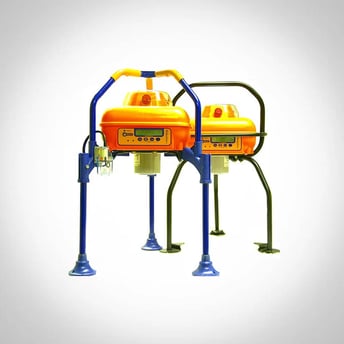
The Detective+ is a rugged water- and impact-resistant multi-gas monitor for temporary use in areas. Ideal for use in turnaround/shutdown procedures, hot work maintenance, confined space entry work and many other utility, construction and oil and gas industry applications.
Rugged and robust, Detective+ features either fixed or folding legs that raise sensor apertures to help prevent water ingress and a protective frame that allows stacking for easier storage.
Available with an optional internal pump for sampling versatility, the audible alarm is a loud sounder, while the deployment of up to 25 beacons networked together ensures 360-degree site perimeter visibility.
Detective+ is also equipped with infrared (IR) sensors, providing either CO2 detection, or allowing higher levels of flammable gas monitoring. IR sensors also provide immunity to the poisoning effects which can affect standard flammable gas sensors. This extends sensor life and further increases measurement confidence in tough applications such as water treatment plants and certain chemical or hydrocarbon processing facilities.
GROUND GAS & BOREHOLE SAMPLING
Certain contaminants present in the ground, such as volatile organic compounds (VOCs) or methane, can pose serious health and safety risks if they migrate to the surface or infiltrate buildings. Ground gas monitoring helps to detect the presence of these gases, allowing for timely intervention to mitigate potential risks to workers, residents, and the environment.
Regulatory authorities often require ground gas monitoring as part of remediation projects, particularly in areas with a history of industrial activity or contamination. Compliance with these regulations ensures that remediation efforts meet legal standards and protect public health and safety.
GasClam 2 .webp?width=361&height=361&name=GasClam2-ProductImage_600x%20(1).webp)
GasClam 2 is a unique, intrinsically safe,
in-borehole gas monitoring system developed for unattended collection of long-term, real-trend ground-gas data.
Ideal for landfill gas monitoring applications, the ground gas monitor logs long-term, continuous information, with battery power lasting for up to one month at a time. With a revolution in gas management and risk prediction, informed decisions can now be made on accurate, reliable data over a dramatically shorter period of time than traditional manual spot reading methods.
GasClam 2 measures methane carbon dioxide and oxygen concentrations as well as atmospheric pressure and temperature. Optional sensors include CO, H2S and VOC (volatile organic compounds) and water depth is also available.
The monitoring sampling frequency can be adjusted and is variable from two minutes up to once daily. Data is downloaded to a PC or viewed remotely using the optional GPRS telemetry system.
GFM 436 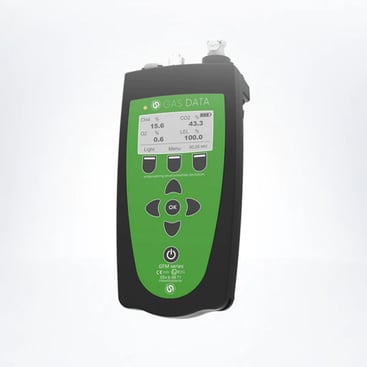
The GFM 436 is an easy-to-use handheld ATEX-certified gas analyser for site investigation, landfill gas control, and environmental regulation compliance monitoring.
It has a fixed configuration, measuring the proportions of CH4 (by both volume and Lower Explosive Limit), CO2, O2, H2S and CO presented in soil gas, greenfield, landfilled and brownfield sites.
Additionally, hexane content is measured to assist in areas with hydrocarbon vapours from spilt fuels, oils, or other such contaminants. This instrument has the additional capacity to measure gas pressure (differential and static) and flow rate (instantaneous and peak).
An optional temperature sensor can be plugged in for gas temperature measurements or alternatively, a vane anemometer can measure the velocity in a gas extraction system pipeline.
The benefits of working with Shawcity
Long-established and the go-to industry leader, Shawcity provides a complete site remediation toolkit with instruments available to hire or buy. All customers receive free site surveys and consultations, free product demonstrations, ongoing technical support, product training and fleet management support. For a complete service, our manufacturer-authorised in-house centre offers servicing, calibration, spares, and repairs.
Contact us for more information or to discuss how we can support you with your next project:
Tel: 01367 899553
solutions@shawcity.co.uk
